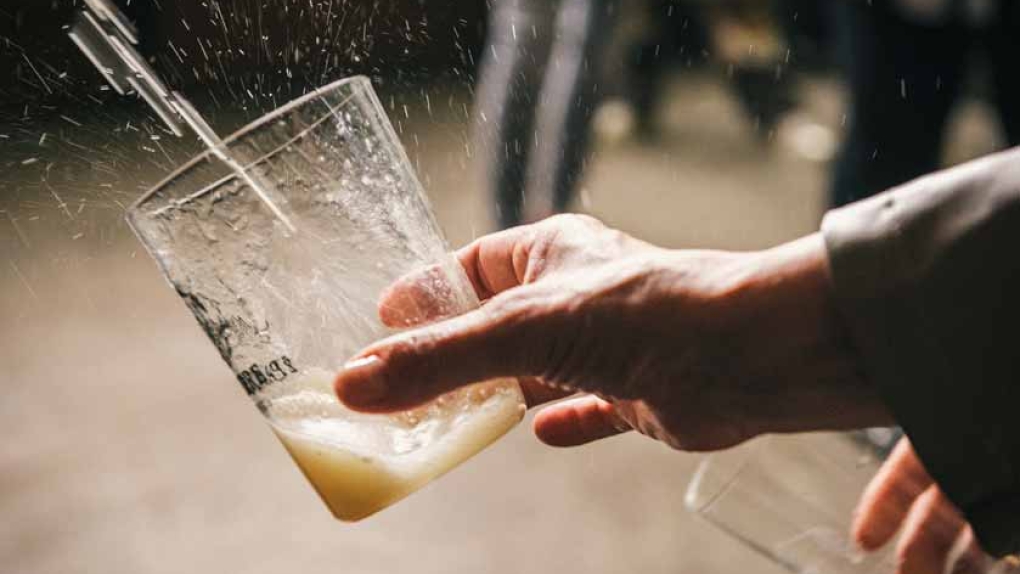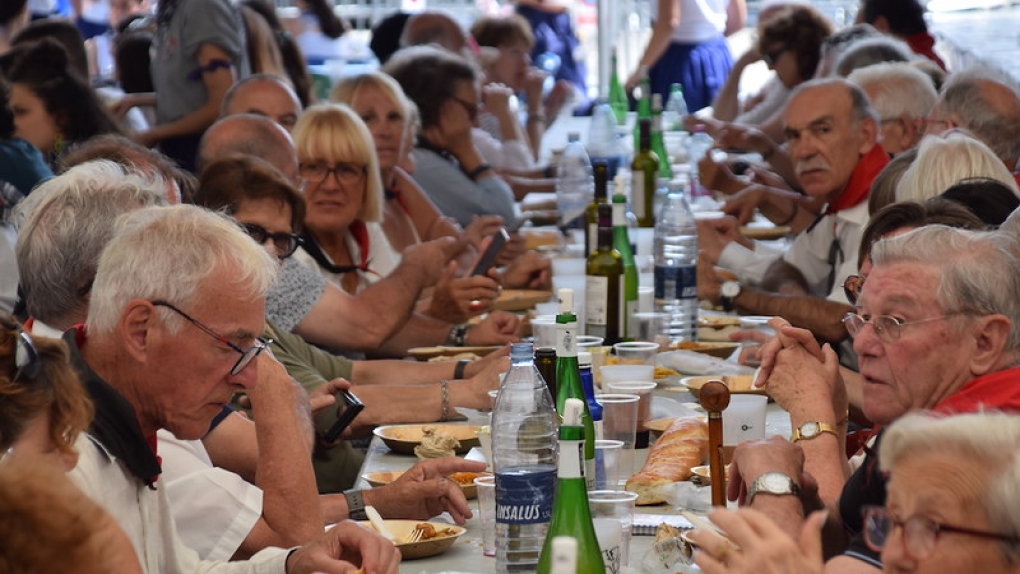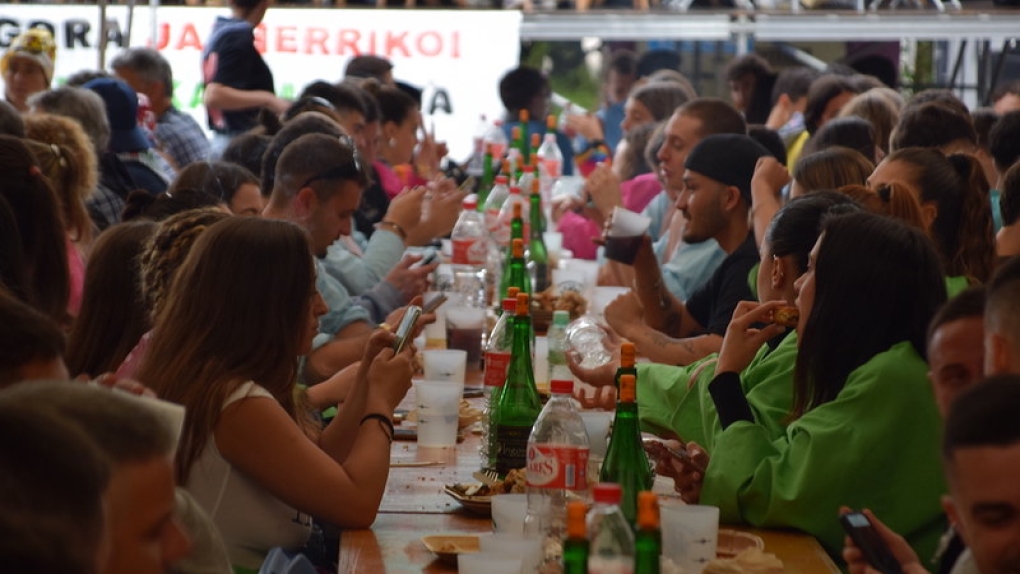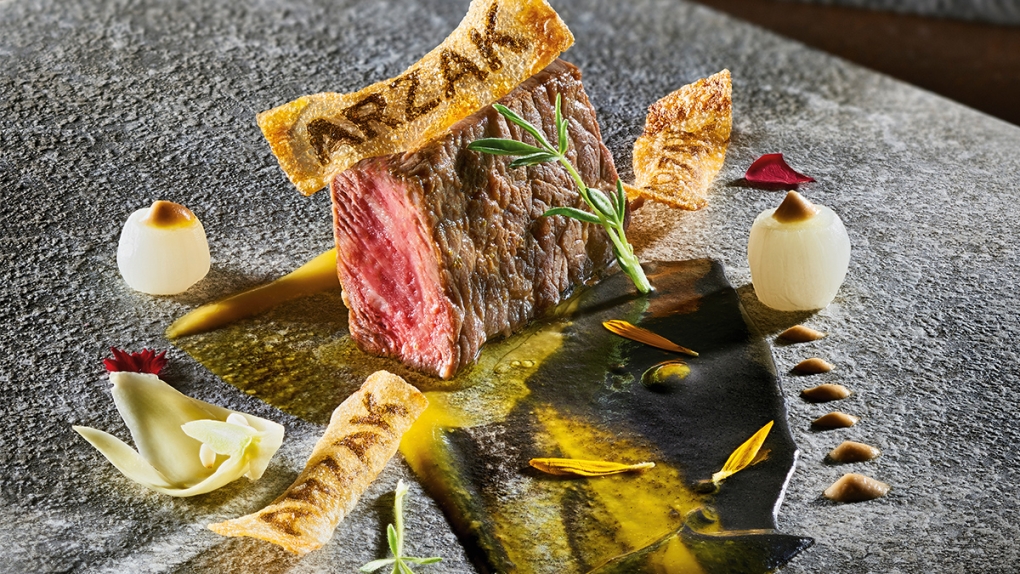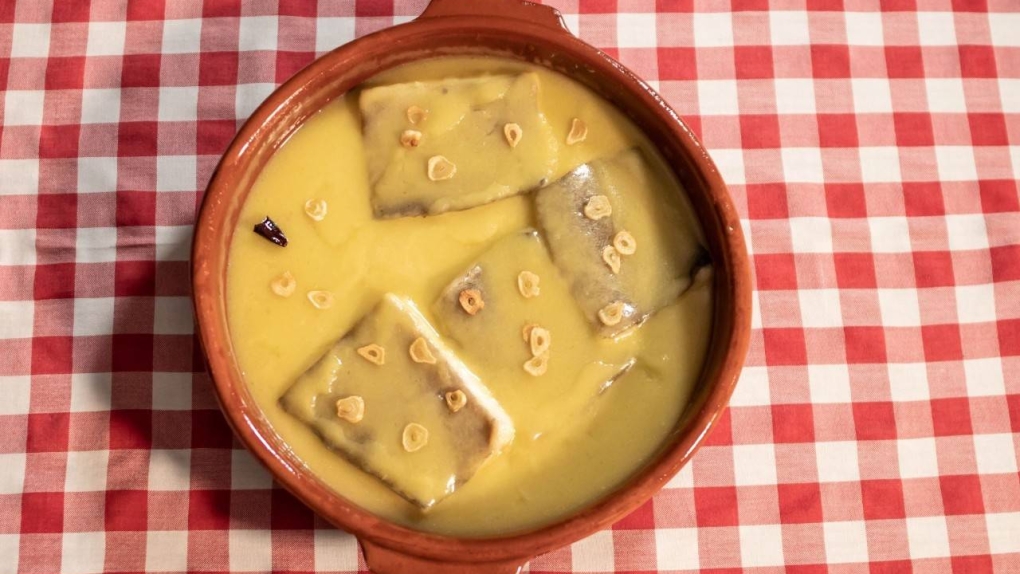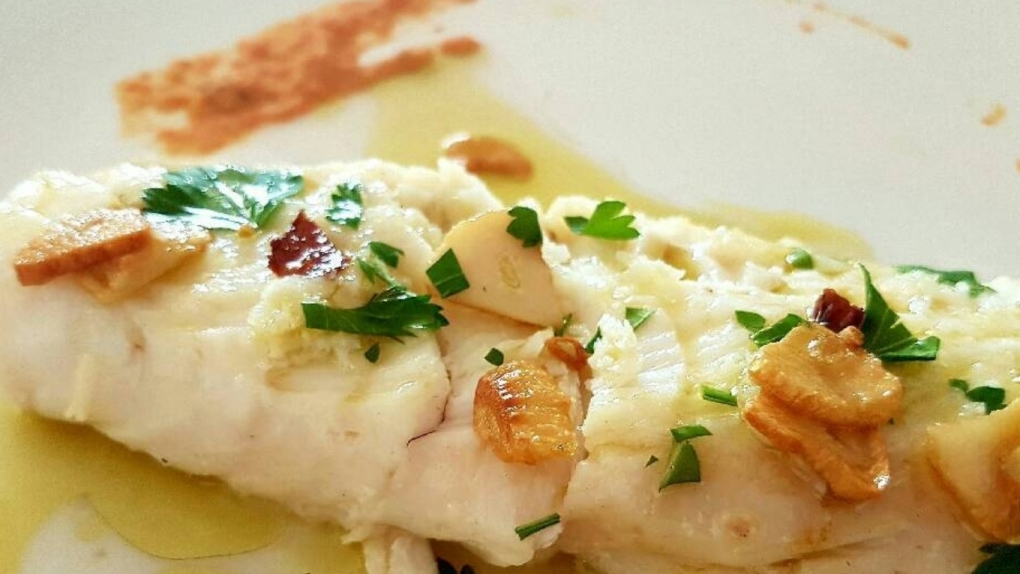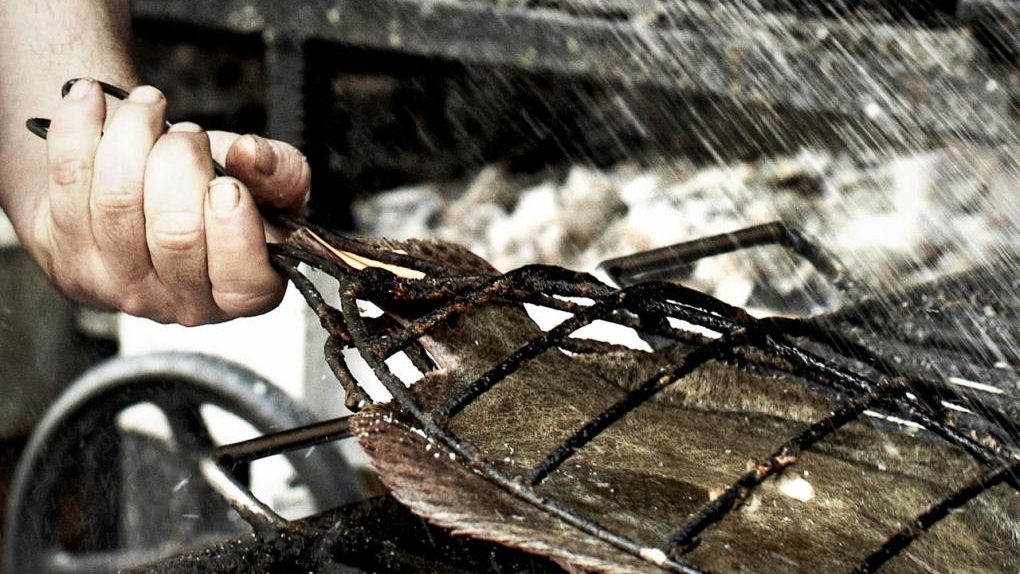The Basque culture revolves around food. In this tiny corner of Europe, on the border of Spain and France, eating is a national pastime, and it is not uncommon to make dinner plans over lunch. One of the things that sets Basque Country apart from other places where you can eat well is the sheer quantity of different eating places.
A bucket list of Basque eating places
16 Jul 2024While in most of the world you choose between home or a restaurant, in Basque Country there are a variety of communal dining places in between, dedicated to enjoying good food in good company. Not quite restaurants, these spots all have unique food offerings and different atmospheres. If you’re wondering where to eat in Basque Country, here’s a bucket list of Basque eating places that will have you full, happy, and feeling like a local.
Dining Societies
The dining society is perhaps the most unique of the Basque eating places. They have many names, depending on where you are and in what language you are speaking—txoko, sociedad, elkartea, peña. These dining societies are large rooms, outfitted at the back with professional kitchens, and they all have the same function. Members invite their friends, bring the ingredients for a meal, and cook together. All pantry ingredients and drinks are provided by the society and tallied at the end to pay, at cost, what your group has consumed. They are a beloved place to spend a meal with friends, to gather, and a space for entertaining outside of the house that is integral to the Basque culture. It may not be easy to get an invitation, but if you do, don’t pass up this truly unique window into Basque society.
Pintxo Bars
Pintxos are the small bites Basque Country is famous for, scattered across bar tops with a variety and visual appeal that is unparalleled. Bars are a social gathering place, a daily stream of neighbors looking for a quick coffee, snack, or glass of wine. Grabbing a bite standing around a bar is an essential part of daily life in the Basque Country, so much so that these bites, pintxos, have evolved into elaborate culinary creations. The tradition of hopping from bar to bar is called txikiteo, and it’s simple to participate in—one bar, one drink, one pintxo, and move on to the next one. Be sure to visit these cultural meccas, to try the elaborate creations of chefs but also to rub elbows with friends and strangers, strike up conversations, and soak up the atmosphere of this Basque eating place. You’ll find it’s one of the most enjoyable ways to eat in the world.
Cider Houses
Cidermaking is a common practice in the Basque Country, and sagardotegiak, or cider houses, are packed with locals dining at communal tables from January to May. Often located on the outskirts of towns, they are both places where cider is made and where one can eat food that pairs perfectly with the local drink. The menu is fixed, the same at every cider house, and the main event happens huddled around the 8,000 gallon barrels where cider is allowed to ferment and settle before being bottled. Sagardo means literally “apple wine,” and Basque cider is made with fermented apple juice from the fall harvest. Starting at the end of each year, cider is ready to taste, and the meals at cider houses stemmed from the ancient tasting ritual called probaketa. Nowadays, guests have all you can drink cider served with chorizo, cod omellete, salt cod and peppers, and steak, followed by local cheese, apple paste and walnuts. The atmosphere is one of joy and conviviality, with a freedom of movement and fluidity that is truly a good time.
Erromeriak, Competitions and Festivals
No celebration is complete without food in Basque Country. That’s why a festival shouldn’t be overlooked as a must-see spot to eat, in the same league as a pintxo bar or a Michelin-star restaurant. It is in these events where traditional food comes alive, whether it be in a cooking competition with local hobbyists coming together to out-stew one another or at a fair celebrating a local bean where you can taste produce at the source. Most saint’s days have a celebration in some village or another, and traditionally villagers march in a erromeria to a chapel on the outskirts before tucking into a meal for hundreds.
Michelin Star Dining
Any Basque bucket list must have at least a few Michelin stars on it. The Basque Country is a culinary powerhouse and boasts some of the finest dining establishments in the world—San Sebastián is even cited as one of the highest concentrations of Michelin stars per capita in the world. The starred dining scene in the Basque Country is characterized by its innovative approach to traditional Basque cuisine, blending modern techniques with time-honored recipes. These are restaurants that offer not just meals but exquisite gastronomic experiences and an immersive journey into the region´s rich culinary heritage, where each dish tells a story and showcases the chef´s creativity and skill. This high level of culinary artistry makes these restaurants must-visit destinations for any serious food lover.
Traditional Restaurants
While the other items on this bucket list are more exotic, the well-versed traveller would be wise to include a few traditional restaurants on their Basque bucket list. Traditional jatetxeak, as restaurants are called in the Basque language, serve time-honored dishes. Menus can seem like carbon copies of one another, but traditional food reigns supreme and every bacalao a la vizcaína (cod in Biscayan sauce) and marmitako (tuna stew) has its own twist or version. These subtle differences reflect the unique touch of each chef and the region’s diverse culinary heritage, making each dining experience a chance to learn more about the Basque culinary culture.





